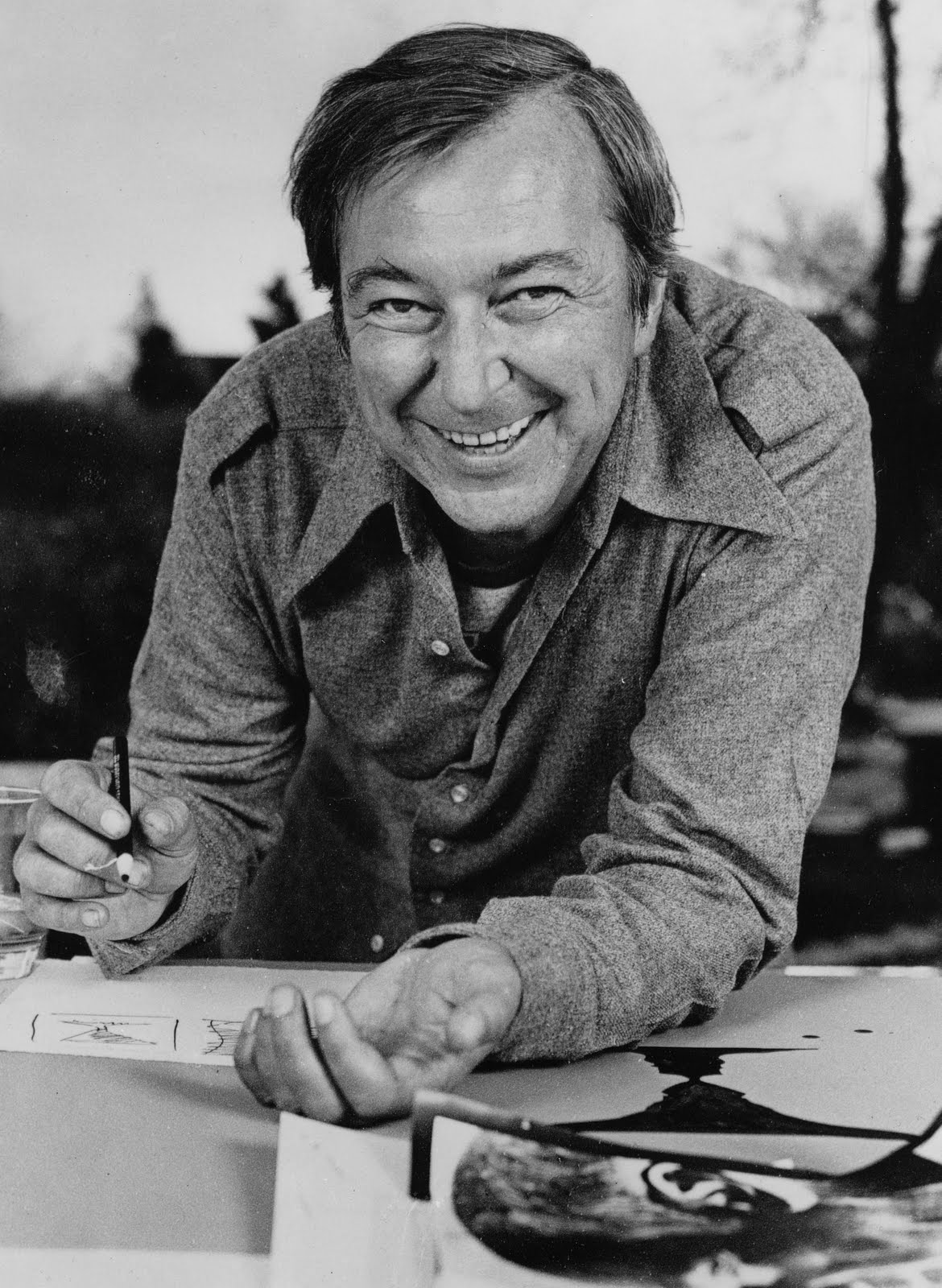

He has also used sculpture to question “things the mind already knows”, as he has put it, casting torches, lightbulbs, ale cans and objects from his studio in bronze, wittily reformulating everyday objects as precious works of art. The resulting output of lithographs, etchings, screenprints, aquatints and intaglios has placed Johns alongside Pablo Picasso and Edvard Munch as one of the most important and innovative printmakers of the 20th century. Printmaking soon proved to be an ideal tool for an artist concerned with repetition and re-examination, providing Johns with a means to manipulate the motifs that informed his paintings over and over again. Johns himself has maintained that he was simply inspired by a dream.Īfter establishing himself as a painter in the 1950s, Johns began making lithographs in 1960. Critic Robert Hughes said that the Cold War “brought national paranoia to both Russia and America and in its grip of fear and self-assertion all symbols of American identity got a new charge – including, most obviously, the flag”. Others have linked the flag paintings to the ongoing Cold War and the fears stoked up by McCarthyism. Some argue that he simply wanted to use a familiar, everyday image in order to focus on the technique of painting. He continues to inspire curiosityĬritics have long disagreed over the reasons behind Johns’s decision to paint the American flag. Forever questioning meaning, Johns has pushed the form of his subjects to the absolute limits, with numbers repeated until they no longer make sense and letters that are almost impossible to read. In addition to the flags, Johns’s interest in reformulating recognisable signs and symbols as artworks has seen him use targets, maps, numbers and alphabets to encourage the viewer to take a more active role in perception and to look afresh at “things which are seen and not looked at, not examined”. The mixture dries very quickly and so preserves the precise details of the brushstrokes, resulting in the beguiling, tactile surfaces that characterise much of Johns’s work. He started out working in household paint but was unhappy with the results, so he switched to an ancient technique known as encaustic, which involves dissolving paint into melted beeswax.

The first of these, Flag (1954–55), was prompted by a dream: “One night I dreamed that I painted a large American flag” he recalled, “and the next morning I got up and I went out and bought the materials to begin it”. The flag paintings that Johns began producing in the 1950s are among his most famous works. He has made some of the most recognisable artworks in the world


 0 kommentar(er)
0 kommentar(er)
